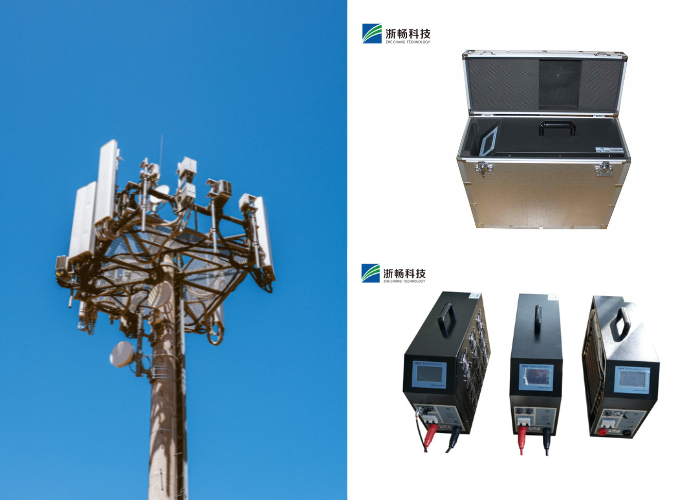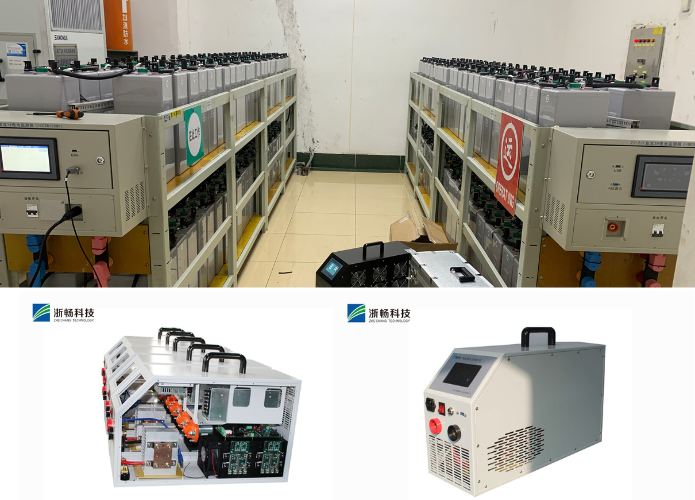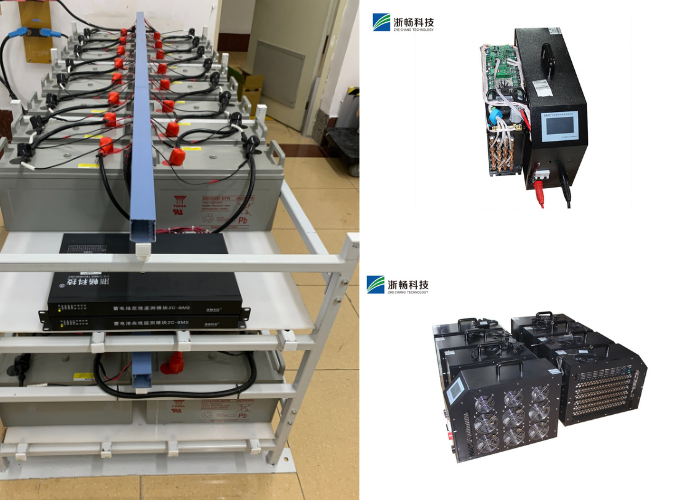How to Choose a Battery Checker?
Batteries are integral to our daily lives, powering everything from remote controls and flashlights to more critical devices like medical equipment and automotive systems. A reliable battery is essential for these devices to function effectively. However, over time, batteries lose their charge, and identifying when they need replacement or recharging becomes crucial. This is where a battery checker comes into play. A battery checker is a device designed to test the remaining charge in your batteries, helping you determine if they are still viable for use or need replacement.
Choosing the right battery checker can be a daunting task, especially with the variety of options available on the market. In this comprehensive guide, we will walk you through the essential factors to consider when choosing a battery checker, the different types available, and how to use them effectively. By the end of this article, you’ll be equipped with all the knowledge you need to make an informed decision.
The Importance of a Battery Checker
Before diving into the selection process, it's essential to understand why a battery checker is a valuable tool. Batteries are finite resources, and their effectiveness diminishes over time. A battery checker helps you avoid the frustration of dealing with a dead battery at an inconvenient time. It’s a simple yet effective tool to ensure your batteries are functioning properly before you rely on them.
For instance, think of the times when your flashlight has failed during a power outage, or your remote control stopped working just when you were about to switch channels. A small battery checker can save you from such inconveniences by allowing you to test your batteries beforehand. Additionally, a battery power checker can also extend the life of your batteries by identifying when they need to be recharged, rather than replacing them prematurely.
Types of Battery Checkers
There are various types of battery checkers available, each designed for specific needs. Understanding these types will help you choose the right one for your purposes.
1. Analog Battery Checkers
Analog battery checkers are the traditional type, featuring a needle that moves across a scale to indicate the battery’s charge level. These devices are straightforward and typically more affordable. However, they may not be as precise as digital models.
2. Digital Battery Checkers
Digital battery checkers use a digital display to show the exact voltage or charge percentage of the battery. These devices are generally more accurate than analog models and easier to read. The clear display makes them ideal for those who prefer precision and ease of use.
3. Universal Battery Checkers
A universal battery checker is versatile and can test multiple types and sizes of batteries, including AA, AAA, C, D, 9V, and button cells. This makes them ideal for households with various battery-powered devices. Investing in a universal checker can save you money and space, as you won’t need a different checker for each battery type.
4. Specific Battery Checkers
These are designed to test a specific type or size of battery. For example, you might find checkers specifically for car batteries or button cell batteries. While less versatile, they are usually optimized for their specific function, offering more accurate readings for the designated battery type.
Key Features to Look for in a Battery Checker
When selecting a battery checker, there are several critical features to consider to ensure you choose a device that meets your needs.
Accuracy
Accuracy is paramount when choosing a battery checker. An inaccurate reading can lead to incorrect decisions, such as discarding a battery that still has usable life or relying on a battery that’s nearly dead. Digital models tend to be more accurate, but always check the specifications or reviews to ensure the model you choose is reliable.
Ease of Use
The ease of use is another important consideration. A good battery checker should be straightforward, allowing you to test a battery quickly without needing to consult a manual. Features like easy-to-understand displays and simple operation are crucial, especially for those who may not be technically inclined.
Display Type
The display type can significantly affect your experience with a battery checker. Analog displays are generally less precise but can be easier to read at a glance. Digital displays, while more accurate, require you to interpret numbers. Some digital checkers also offer backlit displays, which are useful in low-light conditions.
Compatibility
Ensure the battery checker is compatible with the types of batteries you use most often. If you use a variety of batteries, a universal checker might be the best option. For specific needs, such as checking small batteries or high-drain batteries, choose a model designed for those purposes.
Portability
If you need to test batteries on the go, consider the size and weight of the battery checker. A small battery checker is ideal for portable use, fitting easily into a toolkit, glove box, or even a pocket. Portability is particularly important for professionals who may need to test batteries in different locations.
Durability
The durability of the battery checker is important, especially if you plan to use it frequently or in harsh environments. Look for models made from robust materials, with protective features like shock resistance or water resistance.
How to Use a Battery Checker
Using a battery checker is a simple process, but it’s essential to do it correctly to get accurate results. Here’s a step-by-step guide:
Steps to Test a Battery
Turn on the Battery Checker: Power up your device if necessary. Some analog models don’t require power.
- Insert the Battery: Place the battery in the checker’s designated slot. Make sure the battery’s positive and negative terminals match the checker’s contacts.
- Check the Reading: Observe the reading on the display. In analog models, note where the needle points. For digital models, read the voltage or charge percentage.
- Interpret the Result: Compare the reading to the battery’s rated voltage or the checker’s guidelines to determine the battery’s condition.
Interpreting the Results
- Green Zone (or Full Charge): The battery is in good condition and ready for use.
- Yellow Zone (or Partial Charge): The battery still has some life left but may need recharging or replacement soon.
- Red Zone (or Low/Dead): The battery is nearly depleted and should be recharged or replaced.
Understanding these readings is crucial, especially when dealing with batteries in critical devices.
Advantages of Owning a Battery Checker
Owning a battery checker offers several significant advantages, making it a valuable tool for any household or professional setting.
Cost Savings
One of the primary benefits is cost savings. By regularly checking your batteries, you can avoid unnecessary replacements. This is particularly beneficial for expensive batteries or rechargeable ones. Knowing exactly when a battery needs to be replaced or recharged ensures you get the maximum life out of each battery.
Environmental Impact
Proper battery usage and disposal are crucial for environmental conservation. By using a battery checker, you can ensure batteries are only discarded when they are genuinely spent, reducing the number of batteries that end up in landfills.
Convenience
A battery checker saves you the hassle of guessing whether a battery is still good. Instead of swapping out batteries and hoping they work, you can quickly check and replace them only when necessary. This is particularly useful for devices that use multiple batteries, such as remote controls and toys.
Safety
In certain applications, such as medical devices or emergency equipment, having a reliable battery is a matter of safety. A battery checker ensures these devices are always ready to function when needed, providing peace of mind.
Battery Checker vs. Multimeter: Which is Better?
A common question is whether to use a dedicated battery checker or a multimeter for testing batteries. Both tools have their pros and cons, and the choice depends on your needs.
Battery Checker
- Pros: Easy to use, no need for technical knowledge, quick readings, often designed for specific battery types.
- Cons: Limited to testing battery voltage or charge, not useful for other electrical tasks.
Multimeter
- Pros: Versatile, can measure voltage, current, and resistance, suitable for broader electrical work.
- Cons: Requires some technical knowledge, more expensive, and less user-friendly for non-specialists.
For those who only need to check battery charge levels, a battery checker is the better option due to its simplicity and ease of use. However, if you also need to troubleshoot other electrical issues, investing in a multimeter might be worthwhile.
Common Mistakes to Avoid When Using a Battery Checker
Even with a high-quality battery checker, mistakes can lead to inaccurate readings or damage to the battery. Here are some common errors to avoid:
Testing Expired or Leaking Batteries
Avoid testing batteries that are leaking or have passed their expiration date. These can damage the checker and may give unreliable results. Discard such batteries responsibly.
Using the Wrong Checker for the Battery Type
Ensure that your battery checker is compatible with the battery type you are testing. Using the wrong checker can result in incorrect readings and potentially damage the battery.
Not Replacing Worn-Out Batteries in the Checker
If your battery checker itself uses batteries, make sure they are replaced as needed. Low power in the checker can lead to inaccurate readings.
Ignoring Temperature Guidelines
Extreme temperatures can affect the accuracy of battery checkers. Avoid testing batteries in very hot or cold environments, as this can lead to false readings.
Conclusion
In conclusion, as our daily lives become ever more dependent on portable devices and gadgets, the importance of maintaining optimal battery performance cannot be overstated. From the humble remote control to advanced high-tech gadgets, the reliability and functionality of these devices are directly influenced by the condition of their batteries. Regular use of a battery checker provides a straightforward method for monitoring both the charge level and overall health of your batteries. By keeping a close eye on these factors, you can effectively prevent unexpected power failures, ensuring that your devices remain functional and ready for use whenever you need them.
Popular Battery Tester
Popular Battery Tester
Latest News
Latest News
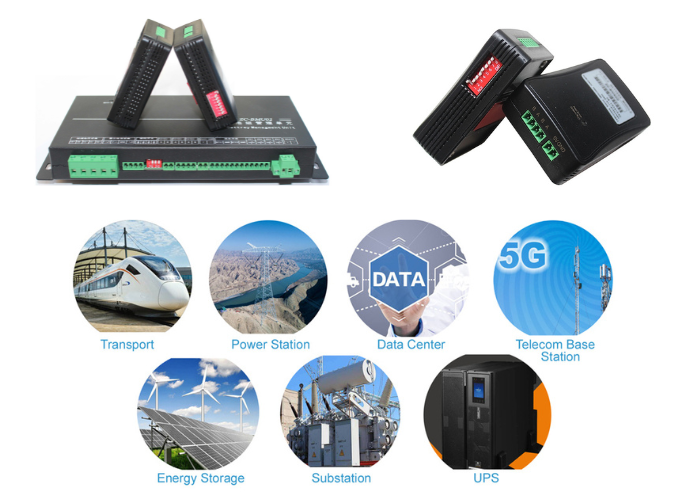
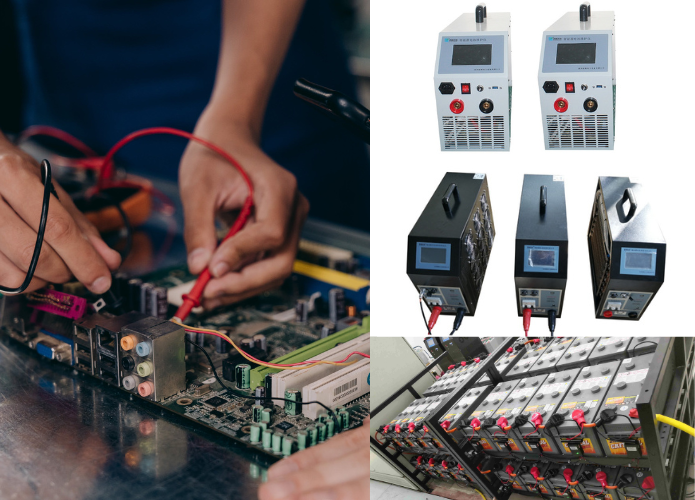
Get Price of Battery Tester
Get Price of Battery Tester
Address:
Floor 3, Building 1, No.1418-60, Moganshan road, Hangzhou city, Zhejiang Province, China.310015









